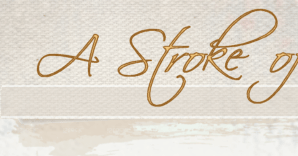I've just started a series of cast drawings which I thought might be interesting to share here.
I'm planning ten of these drawings initially, following the progression of the Bargue plates as far as I can. the first two will just be schematics, to get me used to sight size drawing and the measuring technique. On the third I'm planning to refine the lines, as in plate two of the Bargue drawings, and on the fourth I'll begin to add tone, as in plate three of the Bargue drawings. If I'm doing ok at that point, I'll add more tone on the fifth.
The general idea is that I add something new at each stage, working up to a finished cast drawing on the tenth one.
Although this series will probably take me a long time to complete, (the first drawing shown here took about eight hours,) I'll come back to this thread and add the drawings as they're done.
If anyone here who has done this before, or is currently doing this at a real atelier, has any comments, I'd very much appreciate any feedback you might have on my approach. I've put up a more detailed write up of how I approached this one on my site here:
First cast drawing - Clytie One

